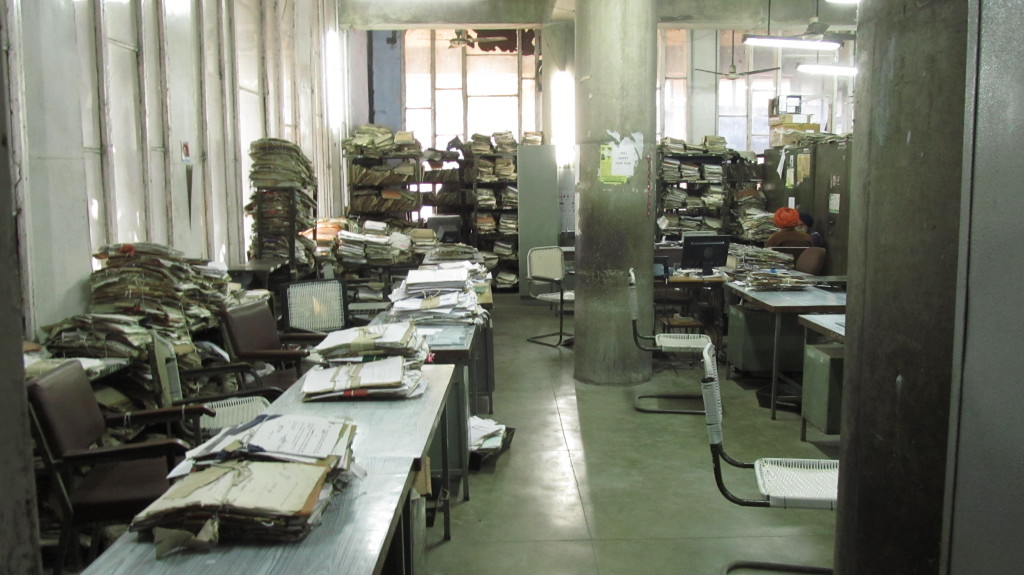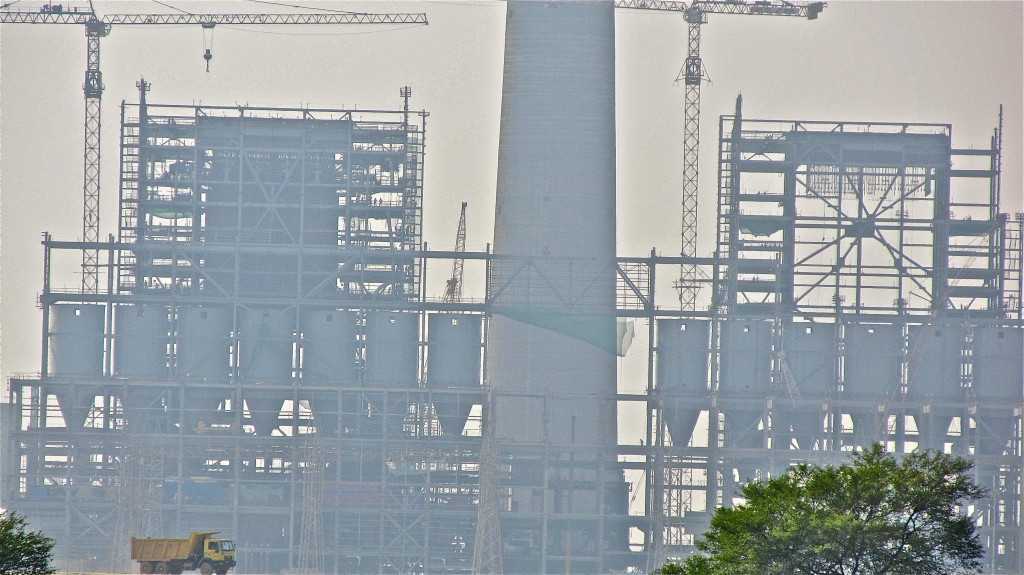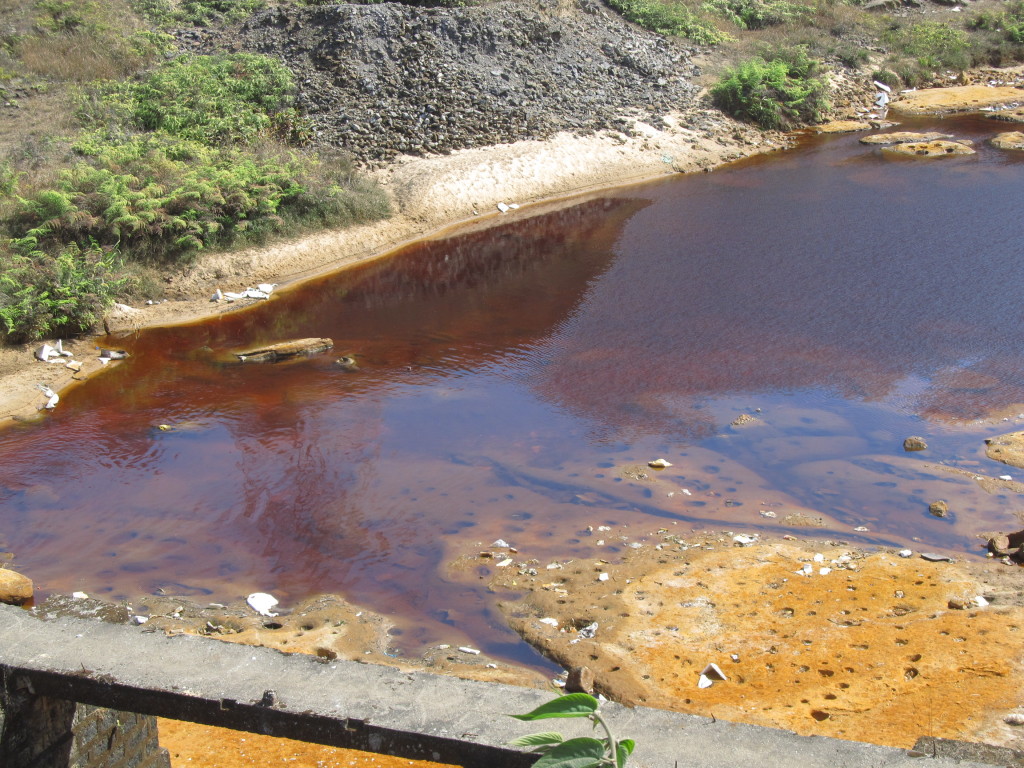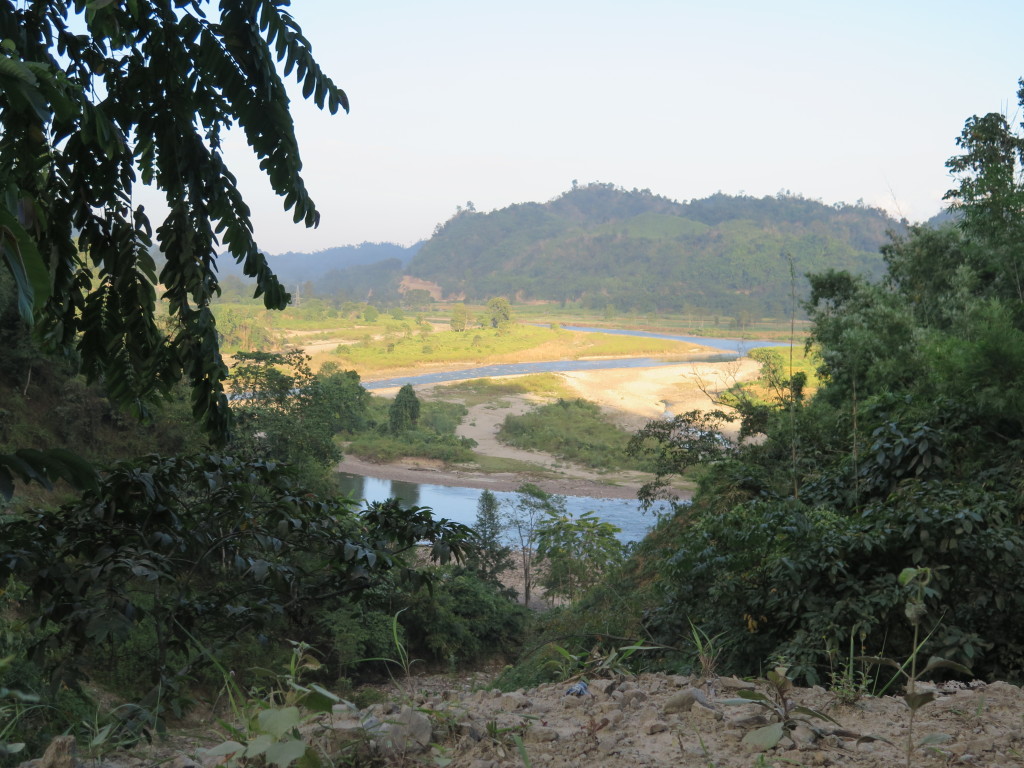
At the invitation of Prime Minister Narendra Modi, President Barack Obama arrives on Sunday in New Delhi, the first American president to honor Republic Day, the day that India’s Constitution took effect in 1950.
During the three-day visit, the president and the prime minister are expected to talk about trade, and technology, and diplomacy. There could even be some kind of statement on climate-changing emissions. India is the planet’s third largest producer of coal, behind China and the United States.
It’s not likely, though, that Prime Minister Modi will be as candid as he needs to be about India’s slipping economic development that’s due in no small part to the country’s worn and soiled condition. Nor can the prime minister be expected to acknowledge that a change in development strategy is desperately needed, one that recognizes the new conditions of this century, and fit what India is and can become.
Consequences of Runaway Development
As it is, the develop-at-any-cost approach that India has pursued for 35 years, an economic construct of the 20th century, has turned India into a mess in the 21st. During four long reporting trips to India over the last two years for Circle of Blue, trips that brought me to 11 of India’s 29 states, I found cities that are grimy. Water is wretchedly polluted. Air is among the dirtiest and unhealthy in the world. India’s countryside is a tyranny of garbage and litter. Roads are in terrible shape.
Doing business in India, especially for the foreign corporations Modi wants to lure to his country, is a test of personal and executive resolve. Two of the most significant impediments are India’s suffocating bureaucracy, and the shortage of electricity.
Indian governments still do most of their business on paper, literally walking thick files from one office to the next for signatures. Decisions on new buildings, mines, power stations, and industrial plants are inordinately slow. They’re also influenced by “chai pani,†tea and water, the not terribly well-hidden payoffs that agency personnel expect and business executives provide.
Electricity demand, meanwhile, is vastly outpacing supply. Brownouts and blackouts are endemic in almost every part of the country. India’s utilities last year produced 237,000 megawatts of generating capacity, less than a quarter of US generating capacity and about 20 percent of China’s. Ten percent of that electricity is stolen and 20 percent more is lost on India’s inefficient and old transmission grid. Four hundred million Indians, roughly a third of India’s nearly 1.3 billion people, live without electricity.


Not Enough Infrastructure
The point is that India’s intensive decades long campaign to produce a western style high-energy, high-resource, high-growth economy and way of life is in tatters.
India hasn’t invested nearly enough in wastewater treatment, air pollution control, transportation, electrical generation and transmission, or communications infrastructure. The country is wrecking its rivers, blackening the air, tearing apart the land, and producing cities choked in traffic and swarming with poor people living in plastic shelters, and defecating in the open. India’s annual economic growth is around 5 percent, half of what it was in the 2000s, when the country was viewed in the West as the next China.
Modi understands what’s happening. India’s new prime minister swept into office in May on a message of “less government and more governance,†and a deep understanding of the influence of adequate energy production in reviving a flagging economy. During the nearly 13 years that Modi served as chief minister of Gujarat, before becoming the prime minister, his successes included drastically curtailing the number of hours that manufacturers in India’s premier industrial state went without electricity. The state’s transmission grid was strengthened and Modi promoted the development of 900 megawatts of solar generating capacity. That’s equivalent to the generating capacity of a big coal-fired power plant.
In his first months in the Prime Minister’s Office, Modi is trying to shift the country’s development path by spurring his government and the nation to take better care of its natural resources.
On October 2 last year, Mahatma Gandhi’s birthday, Modi launched a five-year $US 10 billion national cleanup project called Swach Bharat, or Clean India, to clear the streets and countryside of garbage and litter.
In May, and again in August, Modi appeared on the banks of the sacred Ganga in Varanasi, a holy Hindu city, promised to clean up India’s mother river. In September he committed $US 8.1 billion in the next five years to stop discharges of untreated sewage and wastewater from 118 of the 222 towns and cities along the river.

In early December, the Modi government indicated it was prepared to make permanent an indefinite halt in hydropower construction on three Himalayan rivers in Uttarakhand, a small mountainous state. The decision would safeguard water quality and water supply in the three fast-flowing mountain rivers that merge to form the Ganga.
Change Approach – Maybe
The Modi government also announced that it supported the authority of the judiciary to enforce environmental law, particularly the influence of the National Green Tribunal.
The Tribunal, established in 2010 and one of the three national courts in the world exclusively deciding environmental cases, has earned a reputation for judicial courage and clear rulings to stem industrial pollution.The Modi government also is assessing the effect of environmental oversight on India’s economic development. That assessment, by a High Level Commission, was completed in November and is under review by the Ministry of Environment, Forests, and Climate Change.
The active steps proposed by the commission are two-fold. The first is to exempt some big project proposals from portions of the citizen involvement and public hearing process required by India’s environmental impact assessment rules. The second is to replace the politically appointed and mostly corrupt national and state Pollution Control Boards, which review and issue permits, with professionally-staffed National and State Environmental Management Agencies. The new agencies would be politically independent, review permit applications with contemporary scientific standards, and issue decisions.
Such a trade in principles and operations requires a big shift in India’s cultural values, which do not hold enforcement of environmental rules in high regard. Those, though, aren’t the only big shifts that are needed. India also must develop a national consensus that the conditions of rapid population growth, climate change, and institutional inertia that it is encountering this century completely block its capacity to be the high-growth, energy-wasting, water-consuming, industrial workhorse that it apparently wanted to be.
In energy production alone India is not close to achieving the power it needs for that kind of economy. The U.S. produces and uses a little less than 100 quadrillion BTUs of energy a year. China produces and uses about 115 quads. Last year, India produced and used 23 quads. Its energy production and consumption is growing about 1 quad annually, which means that at current rates of increase it will take India the rest of the century to produce comparable levels of energy as the countries it seeks to emulate.
By then, according to climate scientists, Himalayan glaciers will have melted. India’s coastal cities will be partially submerged by rising seas. Deeper droughts will besiege its important grain growing regions. And there could be close to 2 billion Indians.
Though it will take at least a generation, and likely more, to adjust India’s development strategy to fit the new conditions, the change may not be as difficult as Modi, his successors, and Indian residents anticipate. They involve cleaning up and embracing India’s abundance of water and land resources, harvesting the country’s keen national intelligence, and leapfrogging the unattainable 20th century approach.
Needed Adjustments
The basic foundations of that new economy are already in place. Here’s a sampling of workable adjustments just in the energy and water sectors:
- India’s grain sector, focused in the northwest states of Haryana and Punjab, produces huge surpluses that are largely the result of providing farmers subsidized chemicals and fertilizer, and free electricity to power pumps that waste billions of gallons of groundwater that Indian growers also receive for free each year. Over 20 million electric groundwater pumps in India also suck up a fifth of the nation’s electricity, contribute to brownouts and blackouts, and drain groundwater reserves. The fix: charge farmers for power and water.
- India is a nation of hundreds of thousands of mostly rural small towns and villages. Instead of connecting them on an expensive fixed electrical transmission grid powered by polluting coal, India can invest a much larger portion of its treasury in its nascent photovoltaic sector to build decentralized solar power stations that provide electricity to individual towns or a grouping of settlements. Photovoltaic designers, manufacturers, and installers will thrive.
- The Indian Himalayas have been the focus of mega hydropower dam projects since 2003. But as a 2013 catastrophe in Uttarakhand that killed an estimated 30,000 people showed, the rapidly changing patterns of precipitation in the world’s tallest mountains make that strategy much more dangerous and much more expensive. A new approach using small hydropower schemes would reduce India’s reliance on coal as a fuel source, and better fit the truculent mountains.

India has to find a path that’s not the U.S., not China — that’s India. The conversation that Prime Minister Modi needs to have with President Obama is how the two nations can collaborate to achieve that new India.
The world’s economic and ecological conditions essentially mandate that Modi and his successors develop a much more rational energy-efficient, resource-conserving, technology-appropriate, and less expensive 21st century economy. If India can achieve those goals it will have done a service for itself and the world.
— Keith Schneider

